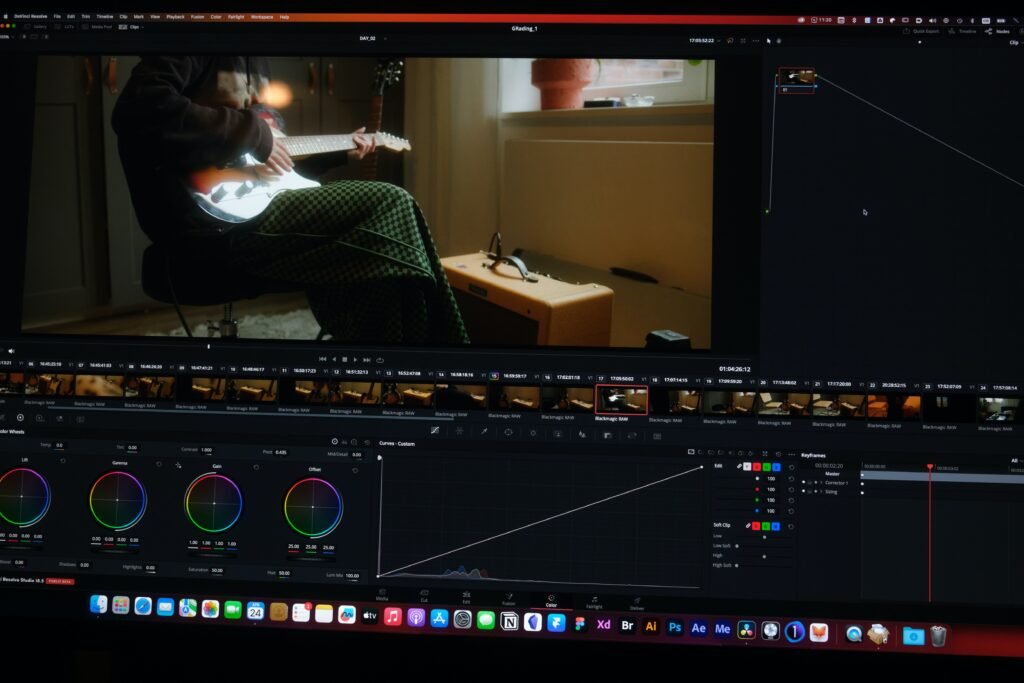In “The Role of Good Faith in Sam Bankman-Fried’s Criminal Trial,” FTX founder Sam Bankman-Fried has chosen a legal strategy that centers around the concept of “good faith” and his adherence to the advice of his lawyers. By highlighting his lack of independent action and his sincere intentions, Bankman-Fried aims to prove that he did not have any intent to defraud. Legal experts acknowledge that this strategy could effectively challenge the necessary “intent” element of the case against him, yet caution that it also comes with risks, such as potential witnesses in the form of his former attorneys and potential disclosure of attorney-client communications. Ultimately, the success of Bankman-Fried’s strategy will hinge on his consistent adherence to the advice he received.

This image is property of www.coindesk.com.
II. Legal Strategy
A. Assertion of good faith
In his upcoming criminal trial, Sam Bankman-Fried, the founder of FTX, has chosen to assert his good faith as a key element of his legal strategy. By arguing that he acted in good faith, Bankman-Fried aims to demonstrate that his actions were not malicious or fraudulent in nature. This assertion is significant because proving criminal intent is a crucial element in most criminal trials.
Bankman-Fried’s legal team intends to present evidence that he made decisions based on what he believed to be right and ethical at the time. By doing so, they hope to convince the court that his actions were not driven by any nefarious motives but rather by a genuine desire to act in the best interests of his company and its stakeholders.
B. Reliance on legal advice
Another crucial aspect of Bankman-Fried’s legal strategy is his reliance on legal advice. His defense team plans to argue that he made decisions based on the counsel of his lawyers, who provided him with guidance and professional opinions throughout the relevant period. Bankman-Fried will assert that he trusted the advice he received and believed it to be legally sound.
By emphasizing his reliance on legal advice, Bankman-Fried seeks to establish that he did not act independently and that his actions were guided by professional expertise. This strategy aims to shift the focus from Bankman-Fried as an individual to the legal framework within which he operated. It suggests that any alleged wrongdoing should be attributed to the advice he received rather than his personal intent.
III. Purpose of the Strategy
A. Demonstrating lack of independent action
One of the primary purposes of Bankman-Fried’s legal strategy is to demonstrate a lack of independent action. By presenting evidence that he relied heavily on legal advice, Bankman-Fried aims to show that he did not act unilaterally or outside the purview of the legal system. This approach seeks to establish that his decisions were made within the context of the advice he received, further bolstering his assertion of good faith.
Bankman-Fried will argue that he sought and followed legal advice at every crucial step of the relevant events. By doing so, he aims to create doubt about his individual responsibility, suggesting instead that it was his lawyers who directed his actions. This line of defense positions Bankman-Fried as a person who heeded legal expertise, rather than someone who acted with rogue intent.
B. Refuting intent to defraud
Another crucial objective of Bankman-Fried’s legal strategy is to refute any intent to defraud. By arguing that he acted in good faith and relied on legal advice, he seeks to establish a lack of fraudulent intent. This is vital because criminal charges often hinge on proving a defendant’s intent to commit a crime.
Bankman-Fried’s legal team will present evidence showing that his actions were not aimed at defrauding anyone or causing harm. They will highlight the absence of any malicious intent in his decision-making process, emphasizing that his focus was on conducting business within the bounds of the law. The goal is to cast doubt on the notion that Bankman-Fried had any wrongful intention and to present him as someone who was genuinely trying to navigate complex legal and business circumstances.
IV. Effectiveness of the Strategy
A. Relevance of the ‘intent’ element in the case
Bankman-Fried’s strategy is particularly effective due to the relevance of the ‘intent’ element in his case. In most criminal trials, proving intent is crucial to securing a conviction. By asserting good faith and highlighting his reliance on legal advice, Bankman-Fried aims to undermine the prosecution’s attempt to establish an intent to defraud.
Establishing intent can be challenging, as it often requires demonstrating the defendant’s state of mind at the time of the alleged offense. Bankman-Fried’s legal strategy seeks to complicate this aspect of the prosecution’s case by presenting evidence that suggests an absence of malicious intent. By arguing that he acted in good faith, Bankman-Fried’s defense aims to weaken the prosecution’s ability to meet the burden of proof required to establish criminal intent.
B. Opinions of legal experts
Legal experts have weighed in on Bankman-Fried’s chosen strategy and its potential effectiveness. Many believe that relying on good faith and legal advice as a defense can be a strong tactic in cases where intent plays a significant role. By presenting himself as someone who sought informed guidance and followed it, Bankman-Fried hopes to create doubt about his culpability.
These legal experts argue that the defense’s focus on Bankman-Fried’s lack of independent action and his adherence to legal advice could undermine the prosecution’s case. They suggest that if the defense successfully demonstrates that his actions were reasonable within the framework of the advice he received, it may be challenging for the prosecution to prove the necessary intent for a conviction.
V. Risks and Challenges
A. Potential witnesses: former lawyers
While Bankman-Fried’s legal strategy offers potential benefits, it also carries risks and challenges. One significant risk is the potential involvement of his former lawyers as witnesses in the trial. Given Bankman-Fried’s reliance on legal advice and the importance of demonstrating his adherence to that advice, his former attorneys’ testimony could be critical.
If called as witnesses, his former lawyers may be questioned about their advice, their interaction with Bankman-Fried, and whether they did everything reasonably necessary to ensure compliance with the law. While their testimony could support Bankman-Fried’s defense, it could also uncover potential weaknesses and expose further areas of scrutiny. The outcome of such testimony will play a crucial role in determining the success of Bankman-Fried’s legal strategy.
B. Confidentiality of attorney-client communications
Another challenge that arises when relying heavily on legal advice is the potential disclosure of attorney-client communications. In most jurisdictions, attorney-client privilege protects the confidentiality of such communications. However, when a defendant places their reliance on legal advice at the forefront of their defense, it opens the door for potential challenges to attorney-client privilege.
If the prosecution argues that Bankman-Fried’s communications with his attorneys are highly relevant to the case, the court may consider waiving or limiting attorney-client privilege. This raises the risk of exposing privileged information that could potentially be damaging to the defense. Balancing between the need for transparency and the preservation of attorney-client privilege will be a significant challenge for Bankman-Fried’s legal team.

VI. Consistency of Bankman-Fried’s Actions
A. Importance of consistent adherence to legal advice
The success of Bankman-Fried’s legal strategy will depend heavily on the consistency of his actions in adhering to the legal advice he received. If there is any evidence that he deviated from the advice or took actions that were contrary to what was suggested, it could undermine his defense and weaken his assertion of good faith.
Bankman-Fried needs to demonstrate to the court that he consistently relied on legal advice in every relevant decision. Any inconsistency or contradictory conduct may raise questions about the legitimacy of his claim of good faith. It is essential for Bankman-Fried’s defense team to ensure that his actions remained aligned with the legal advice he received throughout the relevant period, reinforcing the narrative of his reliance on professional guidance.
VII. Conclusion
Sam Bankman-Fried’s choice of legal strategy for his upcoming criminal trial is centered around asserting good faith and reliance on legal advice. By emphasizing his lack of independent action and casting doubt on any intent to defraud, Bankman-Fried aims to secure a favorable outcome. The success of this strategy will depend on effectively demonstrating his adherence to legal advice and countering potential risks, such as the involvement of former lawyers and the confidentiality of attorney-client communications. As the trial unfolds, the effectiveness of Bankman-Fried’s legal strategy will be closely watched, with its implications potentially shaping future cases involving high-profile individuals in similar circumstances.





